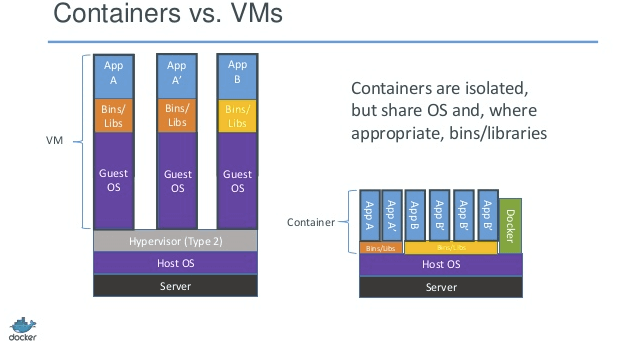ASSET joined the Open Compute Project (OCP) earlier this year, and we attended our first Engineering Workshop in Dallas last week. The theme of this session was the OCP Telco Project. What did we learn?
I wrote about our participation in the OCP in my blog, ASSET Joins the Open Compute Project, back in July. OCP holds a number of Engineering Workshops throughout the year, that are intended to be working technical sessions setting the direction of individual Projects. The active Projects within the OCP are:
Compliance & Interoperability
Data Center
Hardware Management
High-Performance Computing
Server
Networking
Open Rack
Storage
Telco
The session that I attended last week was for the OCP Telco Project. The OCP Telco Project has been formed to assist with the adoption of open hardware and software within the telco ecosystem. This is a huge initiative within the telecom industry that is virtualizing network functions and migrating proprietary hardware systems to commodity Intel-based servers. See my blog High Availability within Software-Defined Networks for some tutorial information on SDN and NFV.
A couple of interesting tidbits emerged from my participation in the engineering workshop. Firstly, cost is being driven out of the hardware platforms by very carefully scrutinizing the Network Equipment-Building System (NEBS) regulatory requirements of the telecom companies and doing only the minimum necessary. Years ago, NEBS Level 3 requirements were set for Regional Bell Operating Company (RBOC) central office equipment. But, over the years, these requirements have been relaxed, resulting in significant compliance cost savings.
Secondly, engineering effort is being expended to reduce the overall software footprint of applications, allowing for significant hardware (server) cost reductions. A gentleman from Canonical came in and demonstrated their efforts toward a universal Linux package format, that analogously appear to be a secure implementation of Docker Containers. These packages, or “Snaps”, now work natively on Arch, Debian, Fedora, Kubuntu, Lubuntu, Ubuntu GNOME, Ubuntu Kylin, Ubuntu MATE, Ubuntu Unity, and Xubuntu; and they are currently being validated on CentOS, Elementary, Gentoo, Mint, OpenSUSE, OpenWrt and RHEL. By eliminating the need for hypervisor software and multiple guest OS on a hardware platform, Snaps may occupy only a few megabytes and boot in seconds, whereas VMs can be many gigabytes in size and boot in minutes. This can result in hardware savings.
It’s a fascinating area. Gradually, it seems that more and more telecom platforms will migrate towards a Linux foundation on commodity hardware. And debugging these platforms, for example to ensure the integrity and security of the applications, will benefit from hardware-assisted debuggers like SourcePoint. An informative read can be found here: Trace Accelerates Debug Analysis in Complex Linux Systems (note: requires registration).



